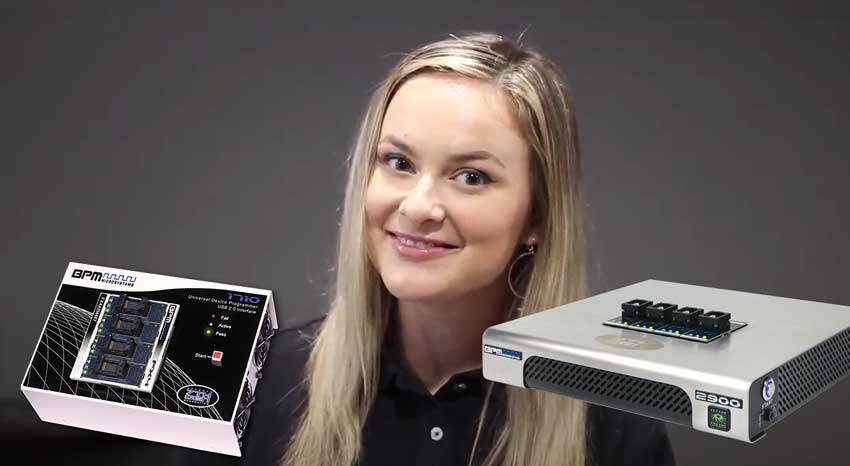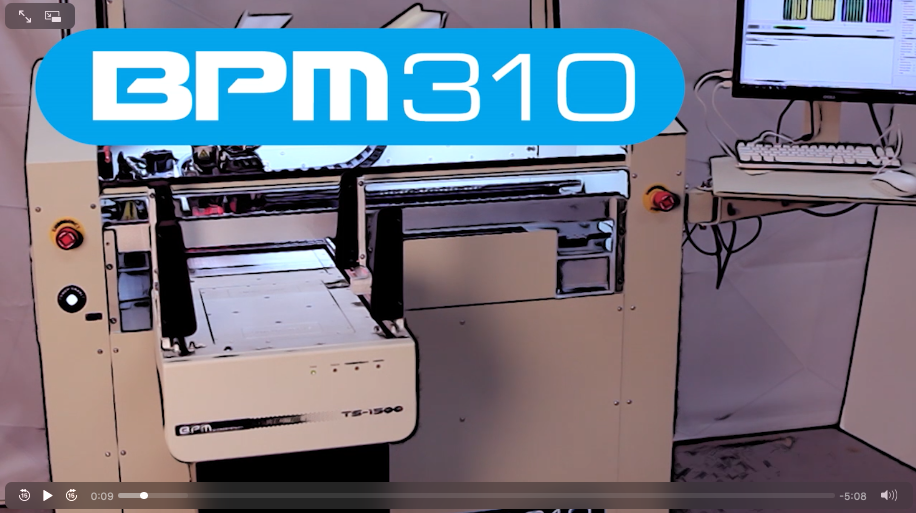

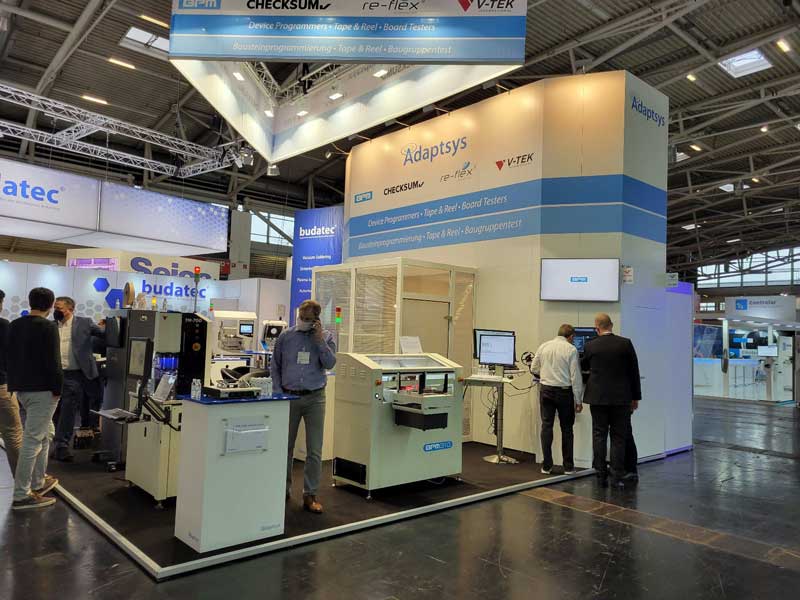
Productronica Day One
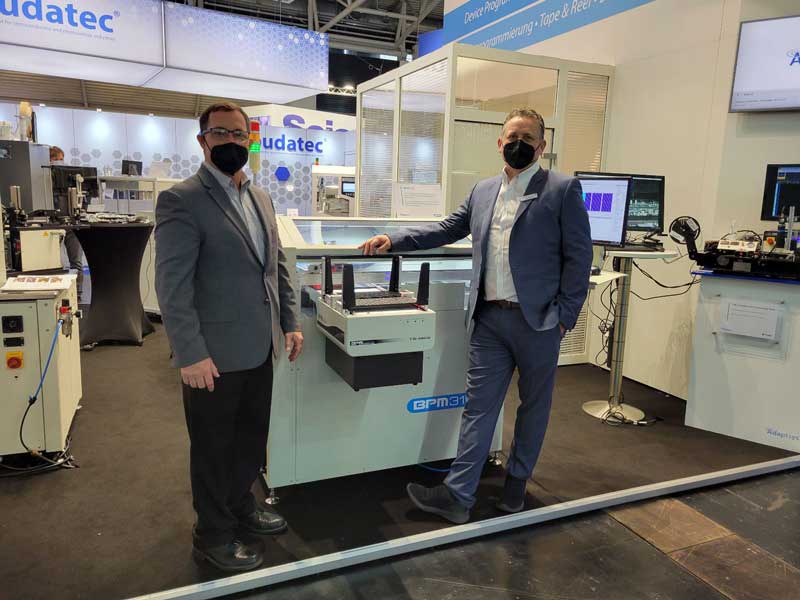
Colin Harper, BPM’s Global Sales Director, and James Cawkell, BPM’s Distributor in Europe, show off the latest APS from BPM, the BPM310.

Disaster Recovery for a Modern Manufacturing Operation
Some things to consider in a Disaster Plan
- Hardware/Software contracts are up-to-date
- Ensures the fastest response in line-down situations
- Spares are on-site and/or available overnight
- Schedule deliveries for consumables, especially sockets
- Sockets are consumable items
- The schedule ensures they are manufactured/delivered based on your requirements
- Lead time to build a socket can vary, from days to weeks
- Multiple prequalified vendors
- Pre-qualify First Articles ahead of time from your partner supplier
- Negotiate price per device before the disaster takes place
Some problems are good. It’s important for the modern manufacturing operation to prepare for the worst, and the best. There are lots of things that can go wrong. Add this to the list: what happens if one or more people on your line come down with Covid-19? You still have parts to program and production lines to supply. And as things rebound, what will you do if you are hit with an increase in orders? You (no doubt) have built-in capacity; but what if it doubles, or triples (or more)? BPM Microsystems builds systems and accessories that make it easy and cost-effective to make device programming a viable (and profitable) option in-house. Their line of programmers is universal, meaning they utilize the same software and accessories, from the smallest to the largest systems. From the first article (the initial first approved programmed device) to production, the only difference is throughput. Manual systems are perfect for starting out and/or smaller lot sizes (up to 50,000 parts per year). They also come in handy to augment the automated system’s capacity, or for programming short-run parts. BPM’s automated systems are the fastest and easiest to set-up of any programming systems. They are made for programming large data devices, such as eMMC HS400, NAND, NOR, and Serial Flash devices, and other nonvolatile memory devices such as MCUs, PLDs, and FPGAs. High-speed signals support devices up to 200 Mhz and the latest eMMC HS400 modes with data transfer rates of 2.5 nanoseconds per byte. With data transfer rates to 50 Gb per second, and verify rates up to 200 MB per second, BPM’s Automated Systems offer the industry’s fastest times. This is up to 9 times faster than competing “universal” programmers, offering the Largest Memory Support in the industry―256 GB, upgradeable to 512 GB.
WhisperTeach™ & CyberOptics™
WhisperTeach™ is patented hardware/software that automates the critical z-height measurement, which reduces set-up times by as much as 83%. More importantly, it improves yield and job performance compared to manual teaching methods. CyberOptics™ vision component auto measure delivers on-the-fly alignment to maximum device reliability and throughput.
Learn more about WhisperTeach™ auto Z-height teach system here.
Add Capacity
Adding capacity is fairly straightforward. The first option is to add overtime and/or add shifts. BPM’s set-ups don’t require extensive training, so quality and throughput won’t decline after 5 pm. Next, add programming sites and sockets to existing workflows. If utilizing manual systems, additional programmers can be “daisy-chained” to a single workstation (up to 12 total). For automated programmers, additional sites may be added. Each site has the ability to add up to 4 additional sockets (a socket is the electrical interface of hardware/software to program a specific device). Adding sites can double, triple (up to 10X) capacity, depending on which system is used. BPM’s universal sites mean you don’t need two different site technologies for programming different classes of devices. BPM supports more than triple the number of devices as their nearest competitor (36K vs 12K). Some BPM systems, such as the low-cost 3901 or 8th Generation automated systems, can be upgraded for higher throughput, with more devices per hour and/or additional sites or peripherals. When you experience a line-down (for whatever reason), you need solutions that allow you to quickly shift production without skipping a beat. For programming devices, contact your nearest programming center, such as Arrow, Avnet, or A&J. The set-up files can be securely transmitted; if they don’t have the sockets, simply overnight the sockets used on your production. Utilizing programming centers is another way to balance out your work-flow; when a temporary need overwhelms your workflow, you can outsource for extra capacity.
Conclusion
It’s not a matter of “if” things go wrong. It’s a mathematical certainty. If 2020 has taught us anything, it’s prudent to be ready for just about anything. With a little forward planning, you should keep production moving. BPM’s systems are built to grow with your business; they have programmers that are still operating daily after 15 years or more. Contact your preferred Programming Center and BPM Microsystems to develop a disaster plan in advance.
See “Market Forces” Article here
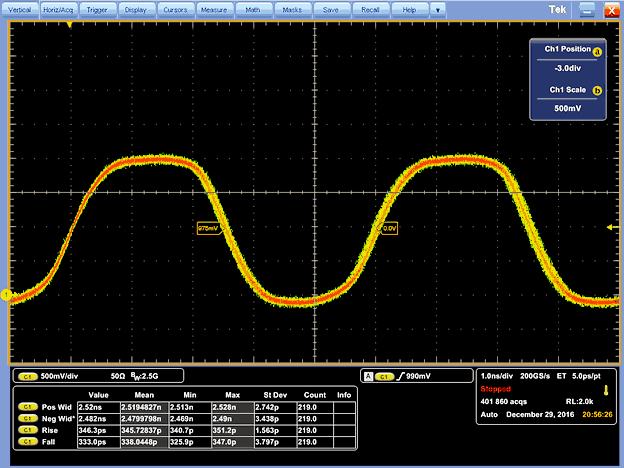
Vector Engine with BitBlast
Vector Engine with BitBlast BPM’s 9th Generation platform, powered by Vector Engine™ with BitBlast, offers record-breaking programming speeds for managed NAND devices BPM created BitBlast to turbocharge the Vector Engine™ Co-Processor. BitBlast offers the fastest...